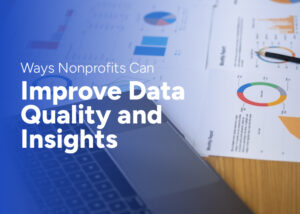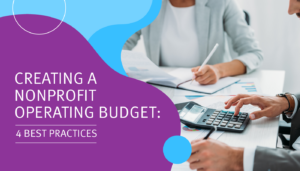Initiating a capital campaign is an exciting opportunity. It’s a time when you can help move your organization forward in a very dynamic way, although there are always a few challenges that will arise during a campaign. Many Executive Directors & CEOs might find themselves in somewhat of a quandary as to how to successfully address those problems, especially those issues that directly relate to their board of directors.
For a capital campaign to be successful, a nonprofit needs more than just a strong leader and “out of the box thinking,” it also needs the support of the board of directors. As the nonprofit organization’s governing body, the board of directors is responsible for addressing key priority issues, setting organizational policies, and hiring and evaluating key staff. They approve operating budgets, including the budget for a capital campaign; they establish long-term strategic goals, including the ones that a capital campaign may seek to fund; and they carry out fundraising activities, including taking key leadership and fiscal sponsorship roles in a capital campaign. Most importantly, board members are expected to act prudently and in the best interests of the organization, so whether or not you have their support can send a very important message, positive or negative, to potential funders.
As the capital campaign progresses, it is important that your board of directors is fully involved in the campaign process. Here are four steps to keeping your board engaged and informed throughout a capital campaign. For each of these steps, clear and regular communication is the key to success.
- Educate the board. The Executive Director/CEO and Campaign Director need to set aside time at board meetings, especially on the front of the campaign, to describe the campaign process, philosophy, and practice of a capital campaign. This orientation is an important first step, but it is important that you update and repeat this information during each board meeting as the campaign evolves.
- Understand the board. The Executive Director/CEO and Campaign Director should be aware of each board member’s interests and abilities in order to determine how the individual might effectively participate in the campaign.
- Identify campaign roles for the board members. Create a plan for engaging each board member in a way that is most appropriate based on their abilities and temperament. The fundraising process consists of more than making the “ask.” It also includes identifying potential investors, cultivating their involvement with the organization, and, of course, determining the best way(s) to thank each investor and foster their long-term relationship. Some board members might be best suited at working behind the scenes helping to develop campaign materials or investor recognition programs, for example, while others might be best suited to accompanying the Campaign Director to meetings in order to act as a “door-opener” and provide additional insights on the organization.
- Utilize the board to inspire confidence. Always remember that the board of directors carries the responsibility for organizational oversight. As guardian of the organization’s assets, the board also ensures that the nonprofit is well managed and remains fiscally sound. This is a positive role for the board as potential investors want to be confident that the organization has strong and capable leadership in place to properly implement the capital campaign initiatives. Identify ways that you can capitalize on your board members reputations and positions of stature within the community to inspire confidence among your investors, volunteers, and the community at large that the right things will be done with the campaign funding raised.






